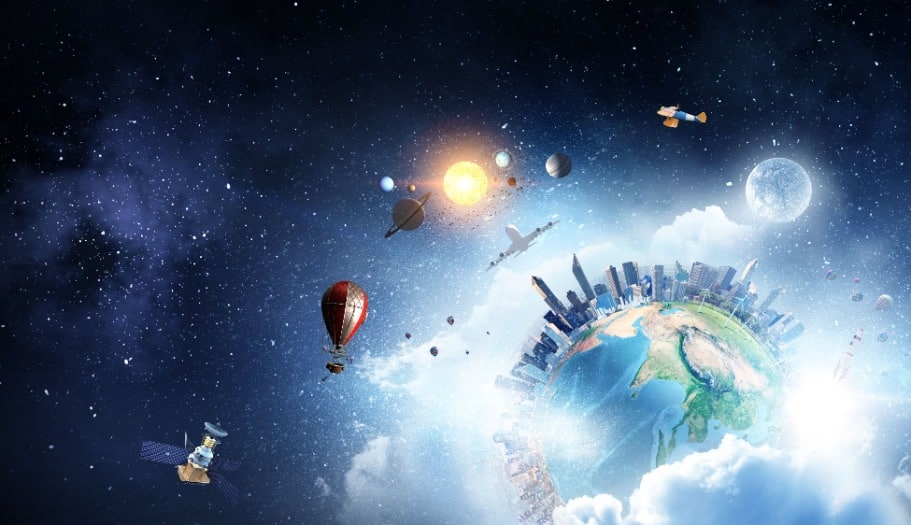By John Salak —
Whether there is another life poking around in space just got harder to answer.
A California research team discovered that an Earth-like planet orbiting an M dwarf—the most common type of star in the universe—appears to have no atmosphere. It is a big deal because M-dwarfs are all over space, and ultimately it could mean a large number of planets that orbit these stars may lack atmospheres that can sustain living things, whatever those living things may be.
Michelle Hill, an astrophysicist at the University of California-Riverside, concluded after digging into a planet named GJ 1252b. Admittedly, GJ 1252b has issues beyond M-dwarfs. For example, it is closer to its star than the Earth is to the sun. It also circles its star twice in a single day on Earth. It makes GJ 1252b intensely hot and inhospitable.
“The pressure from the star’s radiation is immense, enough to blow a planet’s atmosphere away,” Hill explained. Yeah, that’s not Earth’s problem, but it is, for example, what nearby Mercury faces. Mercury is extremely hot, and while it does have an atmosphere, it is extremely thin, which allows atoms to escape. None of this is inviting to living things of any kind.
“It’s possible this planet’s condition could be a bad sign for planets even further away from this type of star,” Hill said. “This is something we’ll learn from the James Webb Space Telescope, which looks at planets like these.”
US-Riverside wasn’t the only institution to recently play the role of Debbie Downer when it comes to the possible existence of extraterrestrial life. The University of Oxford has reported that the statistical chances of other intelligent life in the universe are “exceptionally rare.”
The Brits noted that it took over 4 billion years for intelligent life to take hold on Earth, and in many cases these developments relied on unlikely “revolutionary transitions.”
That is the bad news for the 65 percent of Americans that Pew Research reports believe in alien life forms.
The good news is there are still many planets and stars in the Earth’s solar neighborhood that might not have had the life-sustaining atmosphere sucked out of them. Possibly, a few may have been able to beat the statistical odds to offer up intelligent life.
“If a planet is far enough away from an M dwarf, it could potentially retain an atmosphere. We cannot conclude yet that all rocky planets around these stars get reduced to Mercury’s fate,” Hill said. “I remain optimistic.”
The bottom line: keep star gazing. Someone or something may be looking back.













